In an era of uncertainty, the goals of Atmanirbhar Bharat (self-reliant India) and Make In India would mitigate risks on account of disruption or manipulation of critical supply chains - the kind of challenges that have constrained Ukraine in its conflict with Russia.
The absorption will be mainly in terms of disruptive technology (DT) comprising artificial intelligence (AI), autonomous weapon systems such as drones, sensors, robotics, space technology, and hypersonic weapon systems. Several nations, led by the US and China, have remarkable accomplishments in the field of DTs. The strategic competition and engagements in the future are going to be inevitably decided by the edge a nation possesses in absorbing these technologies.
What are the Different Aspects of Disruptive Technology in the Defence Sector?
About:
- Disruptive technology refers to innovations that significantly alter the existing landscape of industries or sectors, often rendering previous technologies obsolete and reshaping traditional practices.
- In the defence sector, disruptive technologies have the potential to revolutionise warfare, redefine military capabilities, and transform the dynamics of national security.
Characteristics:
- Game-Changing Impact: Disruptive technologies have the potential to revolutionise warfare by introducing novel capabilities or approaches that significantly alter the balance of power on the battlefield.
- Rapid Advancement: They often emerge from rapid advancements in fields such as artificial intelligence, robotics, cybersecurity, nanotechnology, and biotechnology, leading to exponential improvements in military capabilities.
- Cost-Efficiency: Disruptive technologies may offer cost-effective solutions compared to traditional systems, enabling militaries to achieve greater effectiveness with reduced resources.



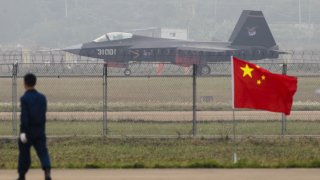
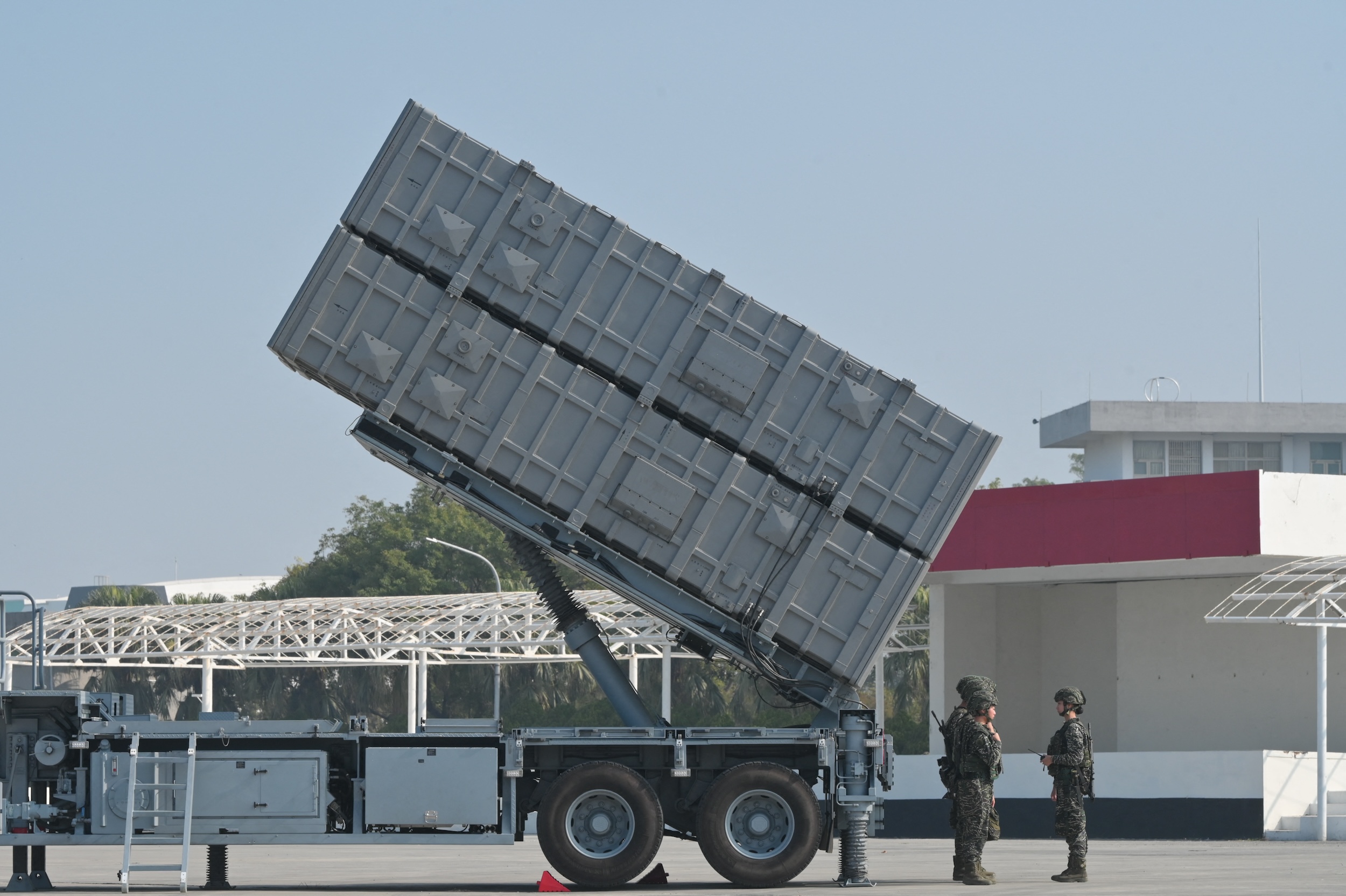
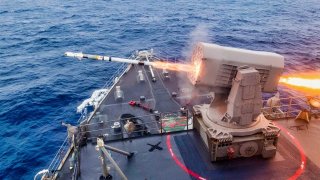

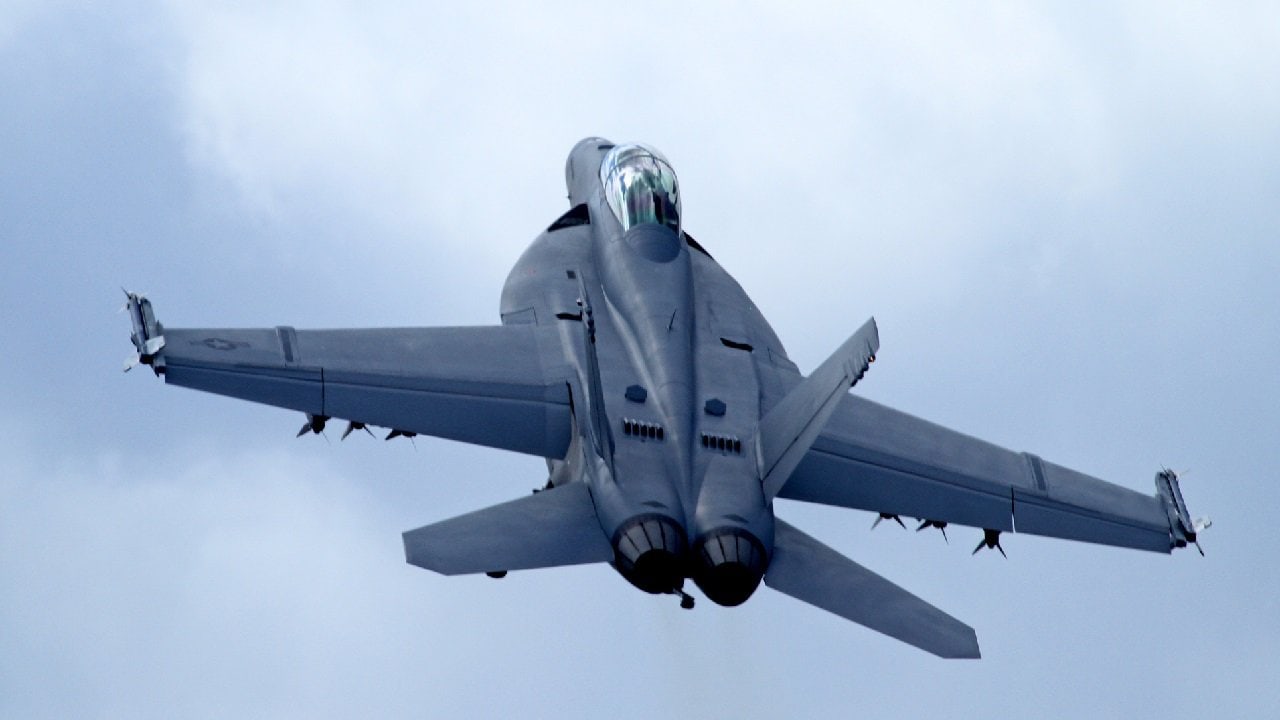

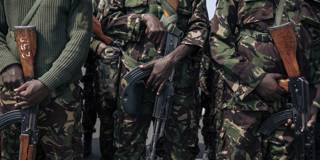
:quality(70)/cloudfront-us-east-1.images.arcpublishing.com/archetype/VL6XK33ABJC4JF3EWVQACCMN6M.jpg)
:quality(70)/cloudfront-us-east-1.images.arcpublishing.com/archetype/D3BWJG2IPZFQHE3CJW23YG56QA.jpg)






